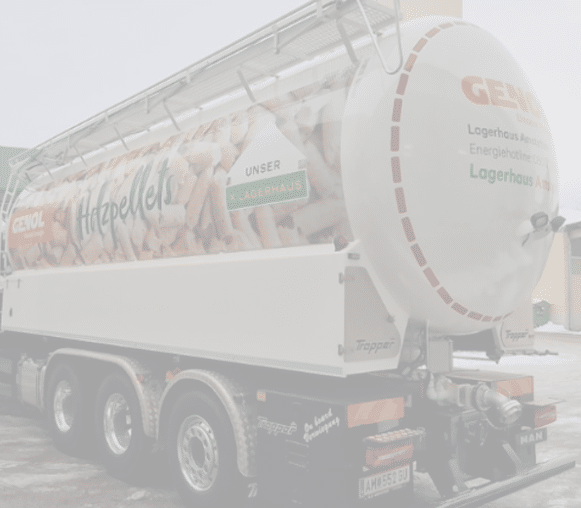The power of innovative logistics

Transport-optimized delivery call-offs for OEM
A vehicle manufacturer is revolutionizing its logistics processes using smart algorithms from S2data, achieving significant increases in efficiency and cost savings as well as a contribution to ecological sustainability.

From Excel to excellence Yanfeng transforms transportation planning
Yanfeng optimizes its transport planning with S2data, increases utilization to 92.2%, saves every fifth transport and reduces costs and CO2 emissions. The global implementation sets new efficiency standards in the automotive supply industry.

Smart algorithms as a game changer at Duvenbeck
Duvenbeck is revolutionizing logistics with an innovative software approach. By developing a customized optimization algorithm integrated into the ERP system, the company significantly improved truck utilization to over 98.5%, resulting in significant annual savings.

Optimized pellet delivery at Unser Lagerhaus
An advanced planning system automates pellet delivery, optimizes routes and travel times, integrates customer requests and reduces Unser Lagerhaus paperwork. This improves efficiency, customer satisfaction and contributes to environmental friendliness by reducing fuel consumption.

Automotive supplier Magna Heavy Stamping
Magna Heavy Stamping revolutionizes the logistics of specialized vehicle parts through automation, improving efficiency and utilization, minimizing errors and costs, and promoting sustainability with precise planning and 3D loading optimization.

API integration with Alfha
Our solution revolutionizes packaging in the wood industry through automation in the companies software, optimizing processes, saving time, reducing costs, and improving transport safety.